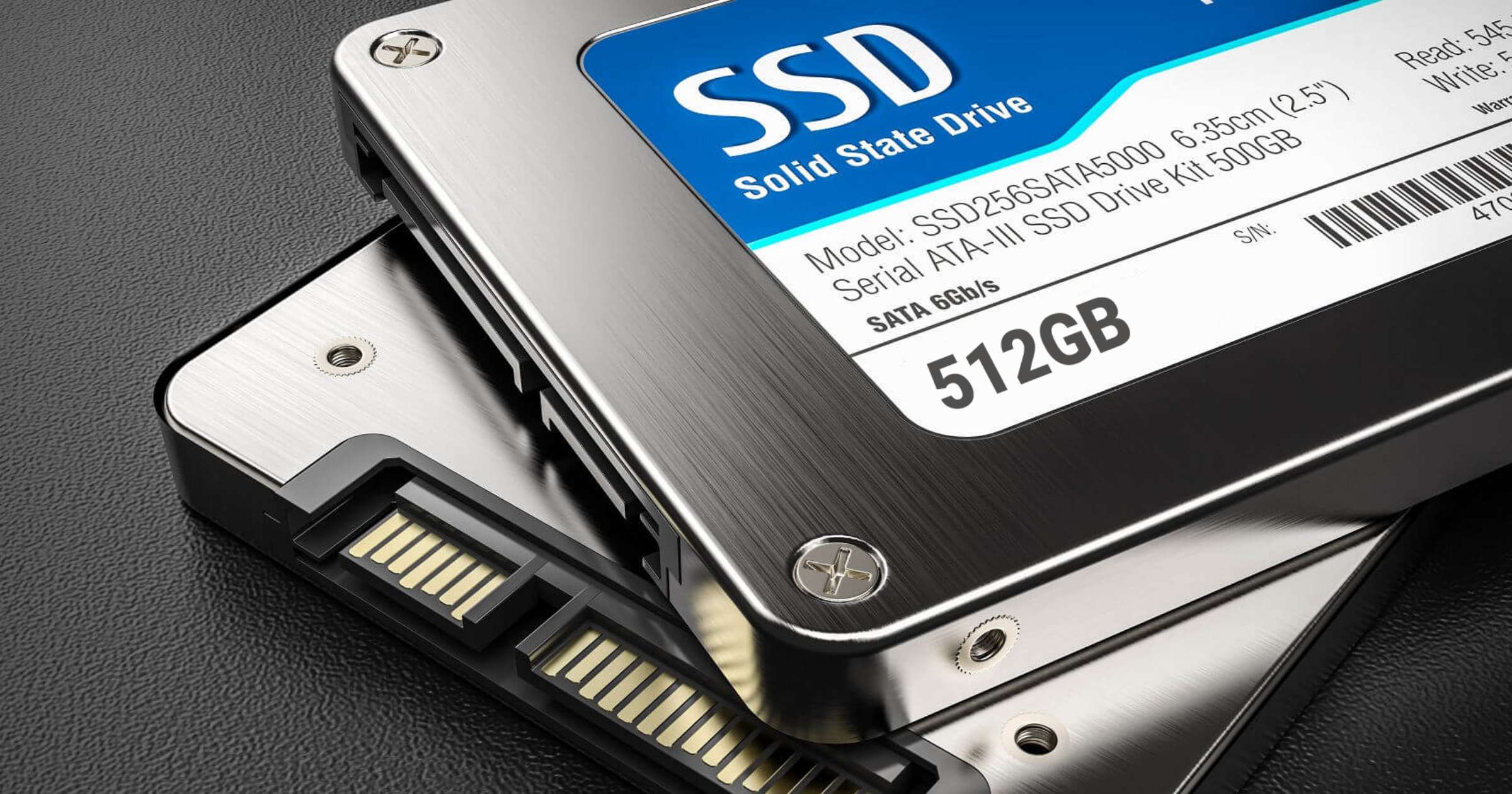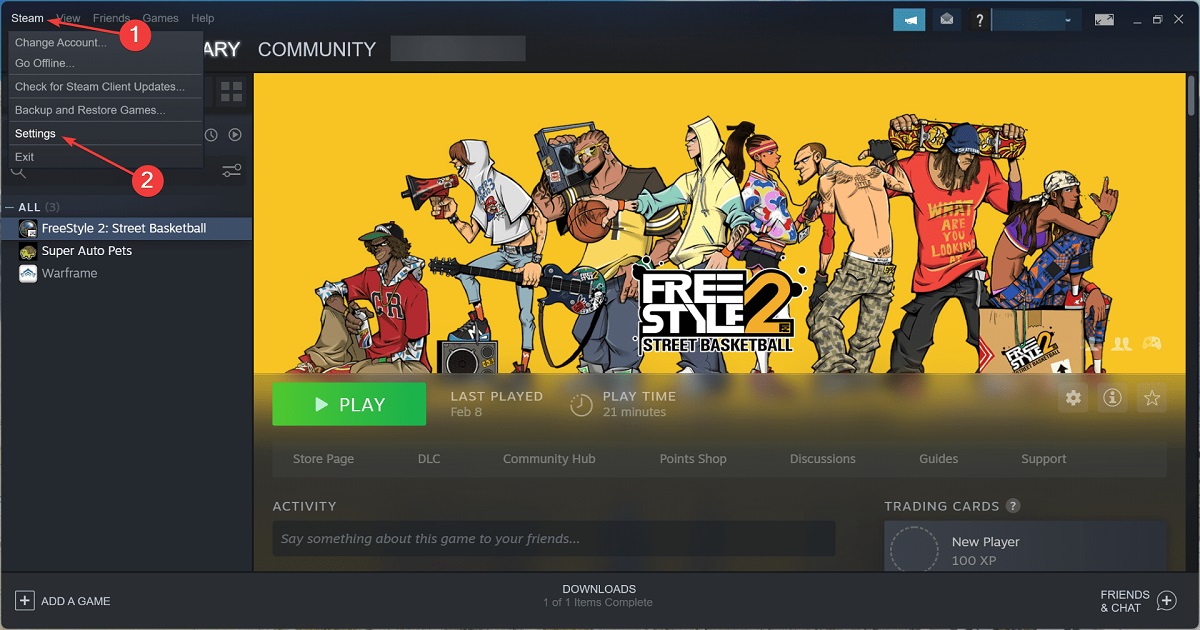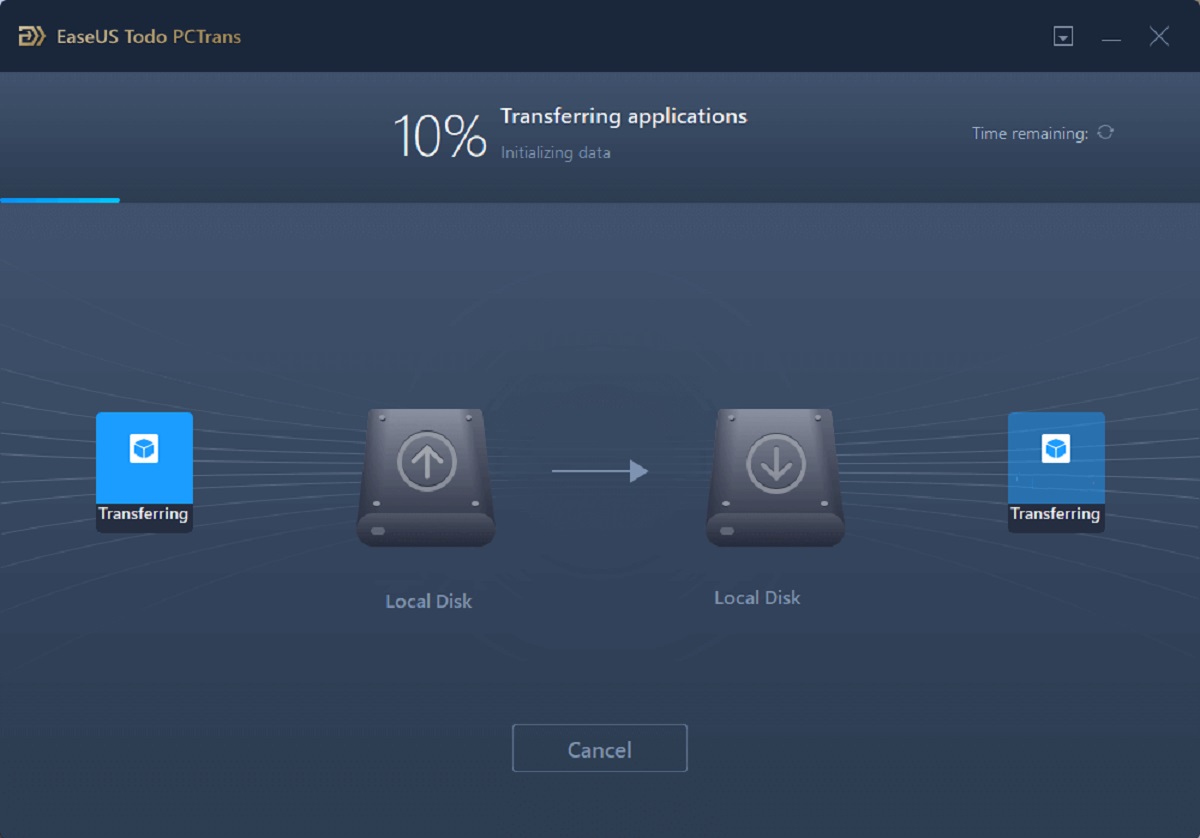Introduction
Applying for Social Security Disability (SSD) benefits can be a complex and overwhelming process. Understanding the eligibility criteria, gathering the necessary documents, and navigating the application process can feel like a daunting task. However, with the right information and guidance, you can successfully obtain the SSD benefits you deserve.
SSD benefits are provided by the Social Security Administration (SSA) to individuals who are unable to work due to a qualifying disability. These benefits can provide much-needed financial support and access to medical care for those who are unable to earn income due to their disability.
In this comprehensive guide, we will walk you through the steps of applying for SSD benefits and help you navigate the process effectively. We will discuss the eligibility requirements, the required documentation, and the medical evidence you will need to provide. Additionally, we will cover the application process itself, the options for appealing a denial of benefits, and managing your benefits once approved.
Whether you are just beginning the process of applying for SSD benefits or you have already received a denial and are looking to appeal, this guide will provide you with the necessary information to help you along the way.
It is important to keep in mind that every case is unique, and the application and appeals process can vary depending on your specific circumstances. However, by arming yourself with knowledge and understanding, you can improve your chances of a successful outcome.
So, let’s begin our journey to discover how to navigate the complex world of SSD benefits and ensure that you receive the support you need.
Understanding SSD Benefits
Before diving into the application process, it is crucial to have a clear understanding of what SSD benefits are and how they can support individuals with disabilities. SSD benefits are a financial lifeline for those who are unable to work due to a qualifying disability.
These benefits are provided by the Social Security Administration (SSA) and are part of the larger Social Security program. Unlike Supplemental Security Income (SSI), which is a needs-based program for individuals with limited income and resources, SSD benefits are based on an individual’s work history and earnings.
To be eligible for SSD benefits, you must have worked and paid into the Social Security system for a certain period. The SSA uses a system of credits to determine eligibility, with most individuals needing to accumulate a minimum of 40 credits, of which 20 must have been earned in the last 10 years before becoming disabled.
Once you meet the work credit requirement, the SSA will assess your disability using their medical criteria. To qualify for SSD benefits, your disability must be severe enough that it prevents you from engaging in substantial gainful activity (SGA) that is expected to last at least 12 months or result in death.
It’s important to note that SSD benefits are not designed to provide temporary or short-term assistance. They are intended for individuals with long-term, severe disabilities that significantly impact their ability to work and earn a living.
The amount of SSD benefits you receive is based on your average lifetime earnings. The SSA uses a formula to calculate your primary insurance amount (PIA), which determines the monthly benefit amount you’ll receive if approved for SSD benefits.
It’s important to understand that SSD benefits may also come with additional benefits. For example, individuals who receive SSD benefits for at least two years may be eligible for Medicare coverage. Additionally, dependents of individuals approved for SSD benefits may be entitled to auxiliary benefits.
Overall, understanding the basics of SSD benefits is crucial before embarking on the application process. Knowing the eligibility requirements, the purpose and scope of these benefits, and the potential additional benefits can help you navigate the system more effectively and ultimately secure the support you need.
Eligibility for SSD Benefits
To qualify for Social Security Disability (SSD) benefits, you must meet certain eligibility criteria established by the Social Security Administration (SSA). These criteria are designed to ensure that benefits are provided to individuals who have a significant and long-term disability that prevents them from working.
The primary factor in determining eligibility for SSD benefits is your work history and earnings. The SSA uses a system of work credits to assess your eligibility. Generally, you need to have accumulated a minimum of 40 work credits, with 20 of those credits earned in the last 10 years prior to becoming disabled.
In addition to the work credit requirement, your disability must meet certain medical criteria. The SSA considers your disability to be a condition that prevents you from engaging in substantial gainful activity (SGA) and is expected to last at least 12 months or result in death.
It’s important to note that the SSA has a strict definition of disability. They consider you disabled if:
- You cannot do work that you did before.
- You cannot adjust to other types of work due to your medical condition(s).
- Your disability has lasted or is expected to last for at least 12 months or result in death.
It’s important to provide detailed medical evidence to support your disability claim when applying for SSD benefits. This evidence can include medical records, test results, treatment plans, and statements from healthcare professionals.
Furthermore, your disability must be on the SSA’s List of Impairments, also known as the Blue Book. The Blue Book is a comprehensive list of medical conditions and impairments that are considered severe enough to qualify for SSD benefits. However, even if your condition is not on the list, you may still be eligible for benefits if your disability meets the SSA’s criteria for severity and duration.
It’s worth noting that there are certain exceptions and special rules for specific situations, such as individuals who are legally blind or have a disability that began before the age of 22. These individuals may be eligible for benefits under different criteria.
Overall, meeting the eligibility requirements for SSD benefits involves a combination of work history, earnings, medical evidence, and compliance with the SSA’s definition of disability. It’s essential to gather all necessary documentation and provide accurate and detailed information when applying to improve your chances of a successful claim.
Applying for SSD Benefits
When you are ready to apply for Social Security Disability (SSD) benefits, it’s important to follow the proper procedures to ensure a smooth and efficient application process. The application can be completed online, over the phone, or in person at your local Social Security office.
To apply for SSD benefits, you will need to gather specific information and documentation. This includes:
- Your Social Security number
- Your birth certificate or proof of birth
- Proof of U.S. citizenship or lawful alien status if you were not born in the United States
- W-2 forms or tax returns from the previous year
- Medical evidence, including medical records, test results, and treatment plans
- Work history details, such as job titles, dates of employment, and job descriptions
Once you have gathered all the necessary documentation, you can begin the application process. The application will ask for comprehensive information about your medical condition, work history, and other relevant details. It’s important to be thorough and accurate when completing the application to ensure an accurate assessment of your eligibility for benefits.
If you are unsure about any part of the application or need assistance, consider reaching out to your local Social Security office or consulting with a disability advocate or attorney who specializes in SSD benefits. These professionals can provide guidance and support throughout the application process.
After submitting your application, the SSA will review your case to determine if you meet the criteria for SSD benefits. The process can take several months, and it’s important to be patient during this time. It’s also advisable to keep copies of all the documents you submitted for your own records.
If your application is approved, you will receive a Notice of Award informing you of your eligibility and the amount of benefits you will receive. However, if your application is denied, don’t lose hope. You have the option to appeal the decision and provide additional evidence to support your claim.
Keep in mind that the application and appeals process can be complex, and it’s crucial to adhere to all deadlines and requirements set by the SSA. Seeking professional assistance can greatly improve your chances of a successful application or appeal.
By understanding the application process and gathering the necessary documents, you can increase the efficiency and effectiveness of your SSD benefits application. Be prepared, be detailed, and be persistent in your pursuit of the support you deserve.
Document Requirements for SSD Benefits
When applying for Social Security Disability (SSD) benefits, gathering the necessary documents is a crucial step in the process. These documents provide the Social Security Administration (SSA) with the evidence they need to assess your eligibility for benefits. Here are some of the key document requirements for SSD benefits:
- Medical Records: Medical evidence is one of the most important documents when applying for SSD benefits. This includes doctor’s notes, test results, treatment plans, hospital records, and any other documentation that supports your disability claim. It’s crucial to provide comprehensive and up-to-date medical records to demonstrate the severity and duration of your condition.
- Work History: Your work history is an essential aspect of the SSD benefits application. You will need to provide detailed information about your past and current employment, including job titles, dates of employment, job descriptions, and earnings. W-2 forms or tax returns from the previous year are helpful in verifying your work history and annual income.
- Proof of Disability: You will need to provide evidence that your disability prevents you from engaging in substantial gainful activity (SGA). This can include statements from healthcare professionals, rehabilitation specialists, or vocational experts who can attest to the impact of your disability on your ability to work.
- Identification Documents: You will need to provide proof of identity, such as your Social Security number, birth certificate, or passport. If you were not born in the United States, you will need to provide proof of U.S. citizenship or lawful alien status.
- Financial Information: While SSD benefits are not based on financial need, the SSA may request information about your financial situation, including bank statements, investment records, and other relevant financial documents.
It’s important to provide all the necessary documents to support your disability claim. Failure to do so can result in delays or denial of benefits. Make sure to gather the original or certified copies of these documents and keep copies for your own records.
If you are missing any documents or need assistance in obtaining them, consider reaching out to your healthcare providers, employers, or other relevant sources to request the necessary information. Additionally, consulting with a disability advocate or attorney who specializes in SSD benefits can provide valuable guidance in ensuring you have all the required documentation.
Remember, the documents you provide should be accurate, comprehensive, and up-to-date. By providing thorough and relevant documentation, you can strengthen your disability claim and improve your chances of a successful outcome in the SSD benefits application process.
Medical Evidence for SSD Benefits
When applying for Social Security Disability (SSD) benefits, providing strong medical evidence is crucial for establishing the severity and impact of your disability. The Social Security Administration (SSA) relies heavily on medical documentation to make a determination on your eligibility for benefits. Here are some key points to consider regarding medical evidence:
Comprehensive Medical Records: To support your disability claim, it’s essential to provide comprehensive medical records that detail your diagnosis, treatment plans, and the progression of your condition. These records should include clinical notes, test results, and any relevant medical reports.
Treating Physicians: The opinions and observations of your treating physicians carry significant weight in the SSD benefits application process. It’s crucial to establish a relationship with medical professionals who are familiar with your condition and can provide detailed medical opinions and statements regarding the impact of your disability on your ability to work.
Objective Medical Evidence: Objective medical evidence refers to diagnostic tests, laboratory results, and imaging scans that can quantify the severity of your condition. Providing objective evidence can strengthen your disability claim and help the SSA understand the extent of your limitations.
Consistency and Continuity of Medical Treatment: Consistent and ongoing medical treatment is vital to demonstrate that your disability is persistent and requires ongoing care. Frequent visits to healthcare providers and adherence to prescribed treatments and therapies can further validate the severity and impact of your condition.
Medical Source Statements: Medical source statements, also known as residual functional capacity (RFC) assessments, are opinions provided by medical professionals that evaluate your ability to perform work-related activities. These statements should address specific functional limitations and the extent to which your disability affects your ability to perform different tasks required for work.
Specialists and Specialists’ Reports: If your condition requires the expertise of specialists, obtaining reports and opinions from these specialists can add strong medical evidence to your disability claim. Specialists’ reports can provide insights into the unique aspects of your condition and its impact on your ability to work.
Consistency and Transparency: It is crucial to ensure that your medical records are consistent and transparent in documenting your disability. Any discrepancies or gaps in medical records can raise red flags and weaken your disability claim.
It’s important to gather and provide all relevant medical evidence when applying for SSD benefits. If you are unsure about what documentation is needed, consider consulting with a disability advocate or attorney who specializes in SSD benefits. They can guide you in gathering the necessary medical evidence and ensure that your disability claim is well-supported.
Remember, the more comprehensive and accurate your medical evidence is, the stronger your case will be in demonstrating the extent of your disability and your eligibility for SSD benefits.
The SSD Benefits Application Process
The application process for Social Security Disability (SSD) benefits can seem daunting, but understanding the steps involved can help make the process more manageable. Here’s an overview of the SSD benefits application process:
Step 1: Gather Required Documents: Before starting the application, gather all the necessary documents, including identification documents, work history details, and medical evidence. Having these documents ready will streamline the application process.
Step 2: Determine Eligibility: Before applying, ensure that you meet the eligibility criteria for SSD benefits. This includes having enough work credits and having a disabling condition that meets the Social Security Administration’s definition of disability.
Step 3: Start the Application: You can apply for SSD benefits online, over the phone, or by visiting your local Social Security office. Follow the prompts and provide all required information accurately. Be prepared to answer questions about your disability, work history, and financial situation.
Step 4: Submitting the Application: After completing the application, review it for accuracy, and submit it to the Social Security Administration. Keep a copy of the application for your records.
Step 5: Application Review: Once your application is submitted, the SSA will review your case. This includes assessing your work history, medical evidence, and other relevant information. The review process can take several months, so be prepared for some waiting time.
Step 6: Consultative Exam (If Needed): In some cases, the SSA may require you to undergo a consultative exam to further evaluate your disability. This exam is performed by a healthcare professional designated by the SSA and is used to gather additional information about your condition.
Step 7: Decision and Notification: After the review process is completed, the SSA will notify you of their decision regarding your eligibility for SSD benefits. If approved, you will receive a Notice of Award outlining the amount of benefits you will receive. If denied, you will receive a Notice of Denial explaining the reasons for the denial and the options for appeal.
Step 8: Appeals Process (If Denied): If your application is denied, don’t lose hope. You have the right to appeal the decision. The appeals process includes multiple stages, starting with a request for reconsideration and, if necessary, progressing to a hearing before an administrative law judge.
Step 9: Final Decision: Following the appeals process, a final decision will be made on your eligibility for SSD benefits. This decision can be favorable, partially favorable, or unfavorable. If approved, you will begin receiving your monthly benefits.
Throughout the application process, it’s essential to stay organized, maintain regular communication with the SSA, and seek assistance from disability advocates or attorneys if needed. They can provide guidance, ensure the proper submission of documents, and advocate for your rights during the application process and any subsequent appeals.
By understanding the various steps involved in the SSD benefits application process, you can navigate it more effectively and improve your chances of a successful outcome.
Appealing a Denial of SSD Benefits
If your application for Social Security Disability (SSD) benefits is denied, it’s important to understand that you have the right to appeal the decision. The appeals process provides you with an opportunity to present additional evidence and arguments to support your claim. Here are the key steps to follow when appealing a denial of SSD benefits:
Step 1: Review the Denial Notice: Carefully read the Notice of Denial you received from the Social Security Administration (SSA). This notice will outline the reasons for the denial and provide instructions on how to proceed with the appeals process.
Step 2: Understand the Deadlines: Pay attention to the deadline mentioned in the denial notice. You typically have 60 days to request an appeal from the date of receiving the notice. Failing to meet this deadline may result in losing your right to appeal.
Step 3: Request Reconsideration: The first step in the appeals process is requesting reconsideration. This involves submitting a written request to the SSA asking them to review your case again. Include any relevant additional evidence, such as updated medical records or new doctor’s opinions, to strengthen your claim.
Step 4: Reconsideration Review: After you submit your request for reconsideration, the SSA will assign a different examiner to review your case. They will consider the new evidence you provided along with your original application. Be prepared for this process to take several months.
Step 5: Administrative Hearing: If your claim is still denied after the reconsideration review, you have the option to request an administrative hearing before an administrative law judge (ALJ). This allows you to present your case in person and provide additional evidence and testimonies to support your claim. It’s advisable to seek legal representation to guide you through this hearing process.
Step 6: Appeals Council Review: If the ALJ’s decision is not in your favor, you can request a review by the Appeals Council. They will evaluate your case to determine if the ALJ’s decision was legally correct. If they find an error or believe further review is necessary, they may send your case back to the ALJ for a new hearing.
Step 7: Federal Court Review: If all previous appeals are unsuccessful, you have the final option to file a lawsuit in federal court. It’s important to seek the assistance of an experienced attorney who specializes in SSD benefits to navigate this complex legal process effectively.
Throughout the appeals process, it’s crucial to remain proactive, maintain regular communication with the SSA, and provide any requested information or documentation promptly. Seeking the guidance of a disability advocate or attorney can greatly improve your chances of a successful appeal by ensuring that all necessary steps are followed and appropriate evidence is presented.
Remember, the appeals process can be lengthy and challenging, requiring patience and persistence. By utilizing the available options to present new evidence, challenge incorrect decisions, and seek legal recourse, you can fight for the SSD benefits you deserve.
Managing your SSD Benefits
Once you have been approved for Social Security Disability (SSD) benefits, it’s important to understand how to effectively manage your benefits to ensure ongoing financial stability. Here are some key factors to consider when managing your SSD benefits:
Stay Informed: Keep yourself updated on any changes or updates in the SSD benefits program. Stay informed about any potential changes in legislation or policies that may affect your benefits. The Social Security Administration (SSA) website is a valuable resource for the latest information.
Report Changes: It is crucial to report any changes to the SSA that may impact your eligibility or benefit amount. This includes changes in income, living arrangements, work activity, or medical condition. Failure to report these changes can result in overpayments or even loss of benefits.
Medical Reviews: The SSA may periodically review your medical condition to ensure that you are still eligible for SSD benefits. Therefore, it’s important to continue medical treatment, attend appointments, and follow your healthcare provider’s recommendations. Be prepared to provide updated medical records and reports as required.
Budgeting: Develop a budget to effectively manage your monthly benefits. Track your expenses and ensure that your budget aligns with your income. Prioritize essential needs such as housing, utilities, food, and healthcare. Consider setting aside funds for emergencies or unexpected expenses.
Return to Work Programs: If your medical condition improves or you feel capable of returning to work, it’s important to explore return to work programs. The SSA offers various employment support initiatives, such as the Ticket to Work program, aimed at helping individuals transition back to the workforce while maintaining their benefits.
Reporting Earnings: If you do decide to return to work while receiving SSD benefits, it’s crucial to accurately report your earnings to the SSA. Failure to report earnings can lead to overpayments and potential penalties. Understanding the SSA’s rules regarding work and earnings can help you navigate this process effectively.
Continued Communication: Maintain regular communication with the SSA to ensure that your benefits are being managed correctly. Notify them promptly of any changes, address inquiries or notifications promptly, and keep copies of any correspondence for your records.
Seek Professional Assistance: If you need help navigating the complexities of managing your SSD benefits, consider seeking guidance from a disability advocate or attorney. They can provide valuable advice, assist with benefit calculations, answer questions, and help you understand your rights and responsibilities.
Managing your SSD benefits effectively is crucial for maintaining financial stability and ensuring continued support for your disability. By staying informed, reporting changes, budgeting wisely, and seeking professional assistance when needed, you can successfully manage your benefits and make your financial situation more secure.
Conclusion
Navigating the world of Social Security Disability (SSD) benefits can be challenging, but with the right knowledge and guidance, you can successfully apply for and manage the benefits you deserve. Understanding the eligibility criteria, gathering the necessary documentation, and following the application process are key steps in securing SSD benefits.
Throughout the application process, providing comprehensive medical evidence, maintaining open communication with the Social Security Administration (SSA), and seeking professional assistance can greatly improve your chances of a successful outcome. Additionally, if your initial application is denied, remember that you have the right to appeal the decision and provide further evidence and arguments to support your claim.
Once approved for SSD benefits, effective management of your benefits is essential. Staying informed about any changes in the SSD program, reporting relevant updates to the SSA, budgeting wisely, and considering return to work programs can help you maintain financial stability and make the most of your benefits.
Remember, every SSD benefits case is unique, and individual circumstances may differ. It’s important to consult with a disability advocate or attorney who specializes in SSD benefits to ensure that you receive personalized guidance and support throughout the process.
By arming yourself with knowledge, being proactive, and seeking assistance when needed, you can navigate the complexities of SSD benefits more effectively and secure the financial support you need to cope with your disability.
So, whether you are in the initial stages of applying for SSD benefits, facing a denial and considering an appeal, or managing your benefits after approval, remember that you are not alone. Help is available, and by taking the necessary steps, you can successfully navigate the SSD benefits system and receive the support you deserve.

























